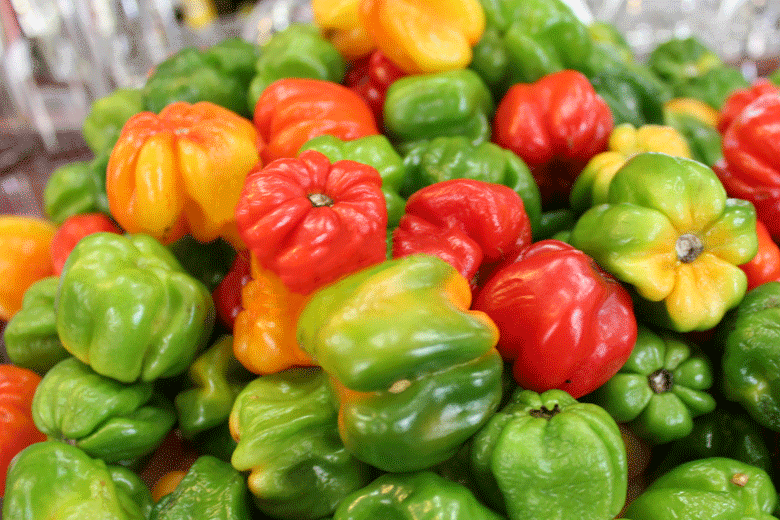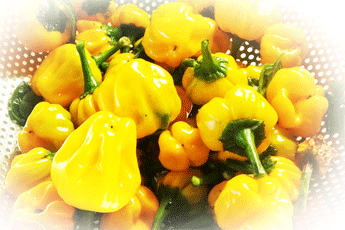 A perfect match
A perfect match
In a previous post, I mentioned that I would be experimenting to make a hot sauce with mangoes and Aji Amarillo paste. To me, they promise to be a perfect match in a hot sauce . On the one hand, their colours are similar – a bright orange yellow – and the other, the flavours are bound to complement each other. Aji Amarillo has a fruity taste. I can imagine it will combine exceptionally well with the tropical taste of mango. It is certainly worth a bash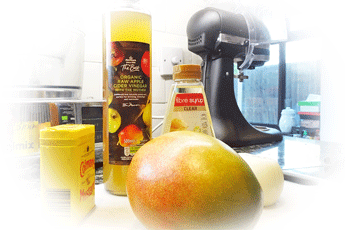
Making hot sauces is great fun, but it requires a lot of trial and error to get it right. Sometimes you can get it spot on, but other times it takes a bit of tweaking here and there before it finally becomes just right. I was hoping this sauce would fall into the latter category. I have made sauces like this along a similar theme in the past, but never with Aji Amarillo paste.
Previously, I would have used Scotch bonnets to make this type of sauce, because it leans towards Caribbean type hot sauces. Indeed, the sauce I am about to make can be successfully made with fresh Scotch bonnets. To substitute, simply blitz two to three Scotch Bonnets with the other ingredients. From there, if you follow the other steps I took to make the sauce below, you will have a delicious Caribbean sauce
That being said, now is the time to try something new. A totally new hot sauce needs to be be created . So, let’s roll up the sleeves, don the apron, and get into the kitchen.

 Fusion food
Fusion food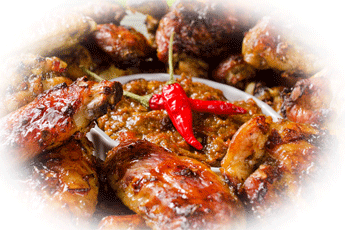 cinnamon, and nutmeg.
cinnamon, and nutmeg.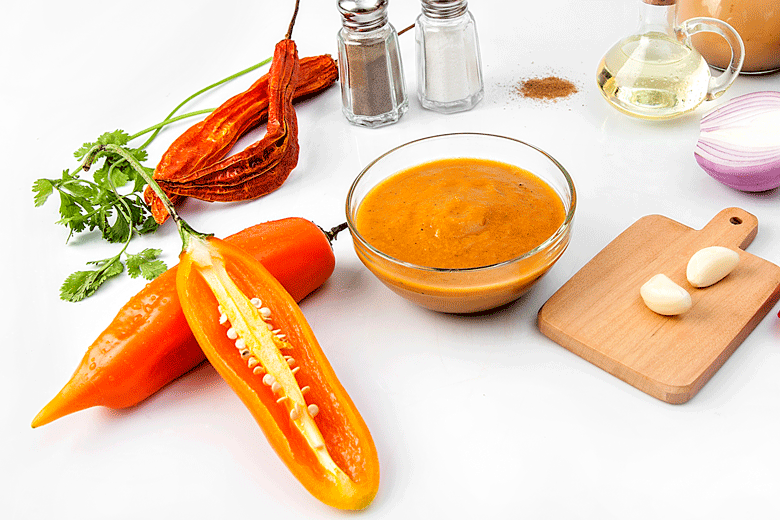
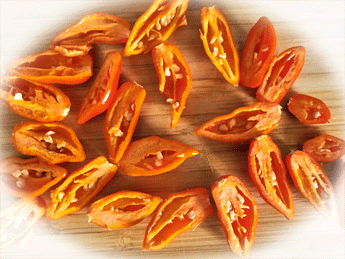 season
season

